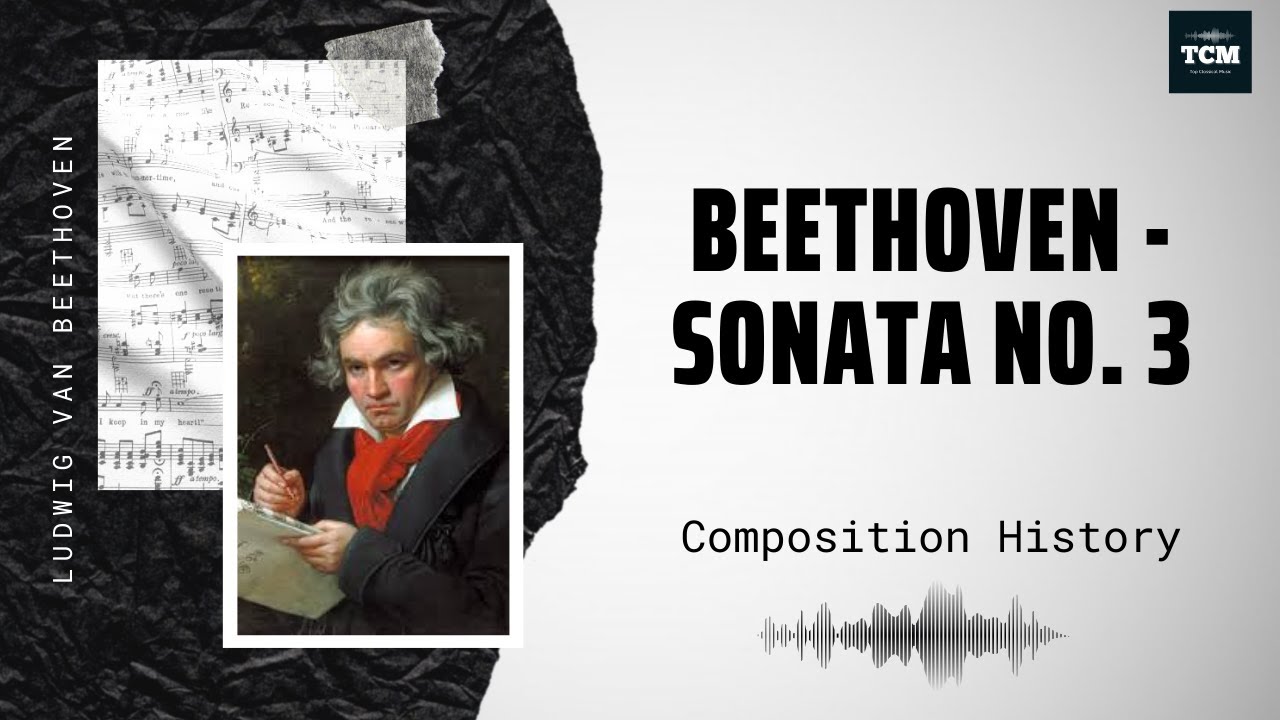
Mozart – Flute Concerto in G Major K. 313 – Music | History
The Flute Concerto No. 1 in G major, K. 313, was written in 1778 by Wolfgang Amadeus Mozart. Commissioned by the Dutch flautist Ferdinand De[…]

Beethoven – Sonata No. 3 in C Major, Op. 2 – Music | History
Ludwig van Beethoven’s Piano Sonata No. 3 in C major, Op. 2, No. 3, is a sonata written for solo piano, composed in 1795. It[…]

Chopin – Nocturne in C sharp minor, Op. 27 No. 1 – Music | History
Chopin – Nocturne in C sharp minor, Op. 27 No. 1 – Music | History The Nocturnes, Op. 27 are two solo piano pieces composed by[…]

Rossini – Overture to William Tell – Music | History
Rossini – Overture to William Tell – Music | History The William Tell Overture is the overture to the opera William Tell (original French title Guillaume[…]

Chopin – Etude Op. 10 – Music | History
Chopin – Etude Op. 10 – Music | History The Études by Frédéric Chopin are three sets of études (solo studies) for the piano published during[…]

Paganini – Violin Concerto No. 2 – Music | History
Paganini – Violin Concerto No. 2 – Music | History The Violin Concerto No. 2 in B minor, Op. 7, was composed by Niccolò Paganini in[…]

Handel – Recorder Sonata in F HWV 369 – Music | History
Handel – Recorder Sonata in F HWV 369 – Music | History The Sonata in F major (HWV 369) was composed (before 1712) by George Frideric[…]
Bach – Aria Variata in A minor BWV 989 Variation No. 1 – Music | History
Bach – Aria Variata in A minor BWV 989 Variation No. 1 – Music | History Aria variata alla maniera italiana in A minor, BWV 989[…]

Beethoven – Moonlight Sonata Op. 27 No. 2 – Music | History
Beethoven – Moonlight Sonata Op. 27 No. 2 – Music | History The Piano Sonata No. 14 in C♯ minor “Quasi una fantasia”, Op. 27, No.[…]

Haydn – Keyboard Sonata in G major, Hob. XVI27 – Music | History
Haydn – Keyboard Sonata in G major, Hob. XVI27 – Music | History Franz Joseph Haydn was among the creators of the fundamental genres of classical[…]